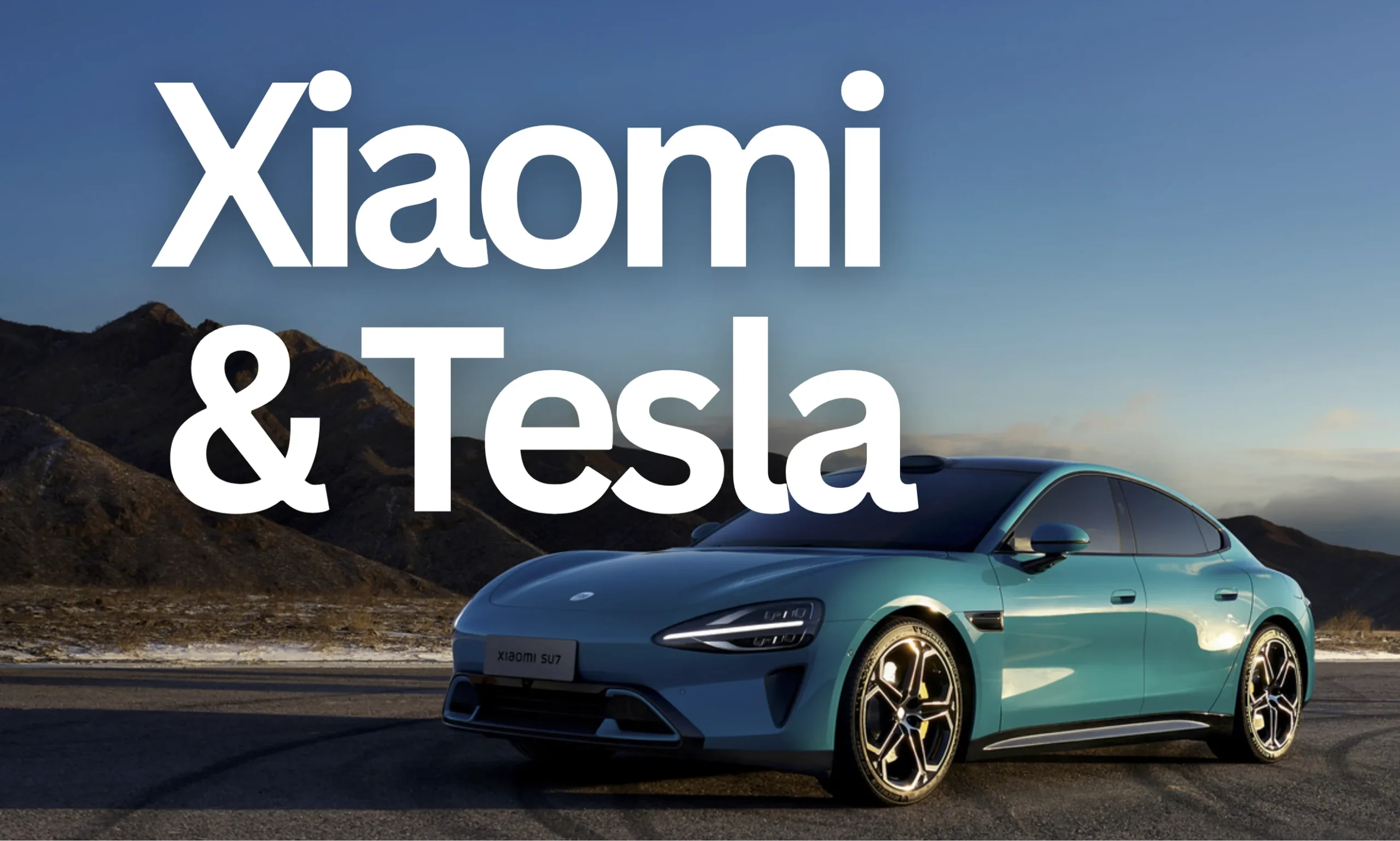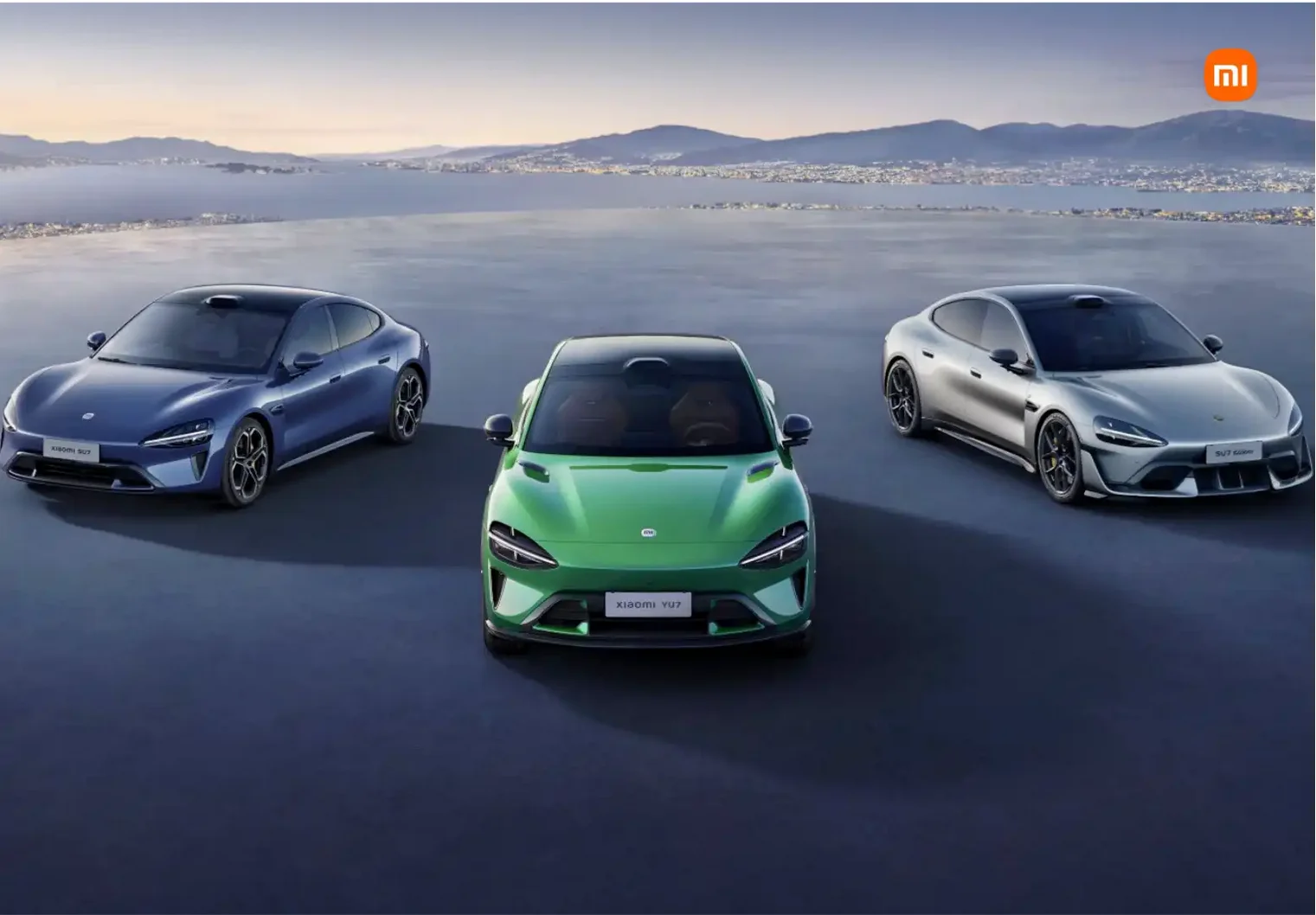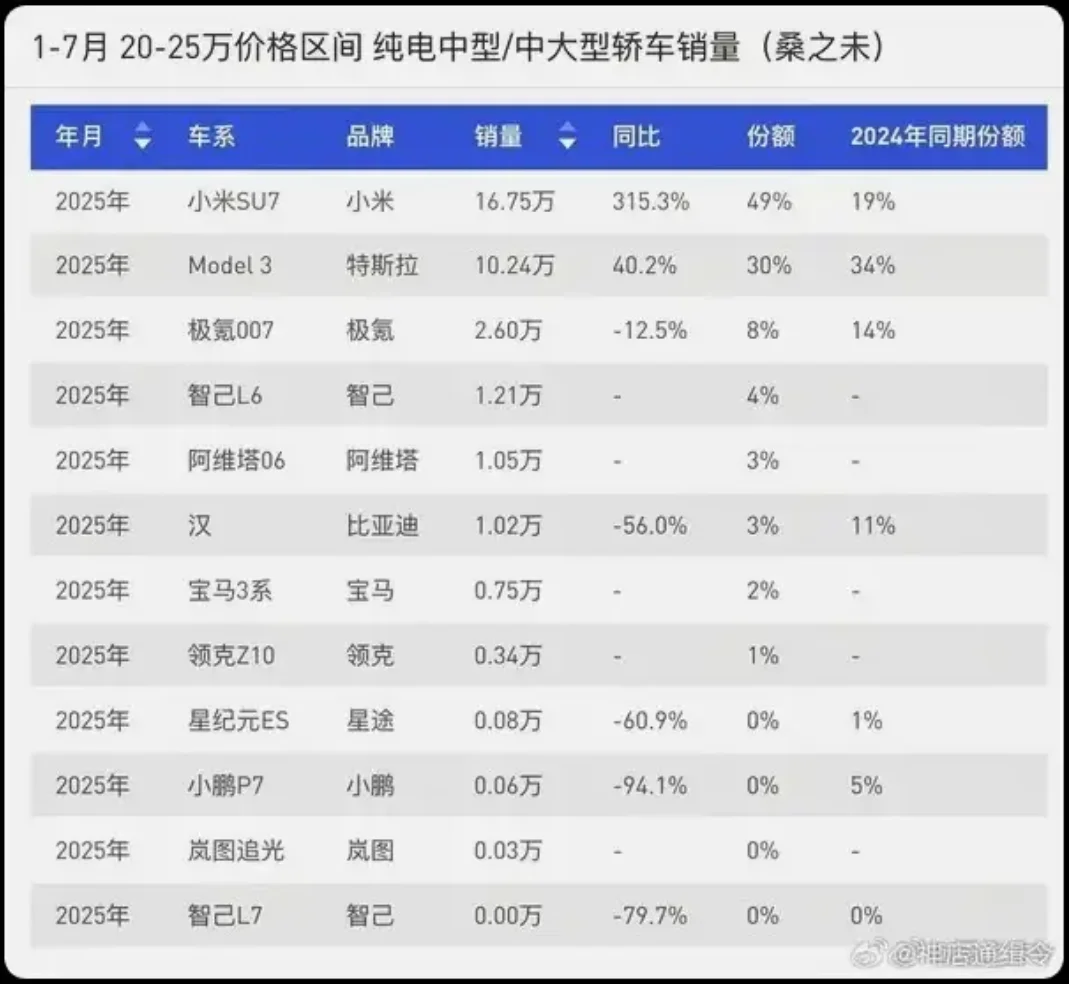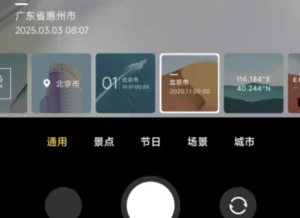Xiaomi & Tesla Dominate China EV Sedan Market
Xiaomi and Tesla Forge Dominance in China’s Mid-to-Large Electric Sedan Market
August 29, 2025 – Get ready, folks, because the Chinese electric vehicle market, especially in the crucial mid-to-large sedan segment (think 200,000-250,000 yuan), has a couple of absolute titans at the helm. We’re talking about Xiaomi and Tesla, and frankly, they’re not just leading – they’re practically owning the place. Together, these two powerhouses are snatching up almost 80% of sales in this price bracket. That leaves the other guys scrambling for whatever scraps are left, which isn’t much, to be honest.
The Xiaomi SU7: The New King of the Hill

Now, for those who’ve been following Xiaomi’s incredible journey from smartphones to, well, pretty much everything smart, you won’t be too surprised. Their first mass-produced electric vehicle, the Xiaomi SU7, has absolutely blasted onto the scene. In just the first seven months of 2025, they’ve shifted a staggering 167,500 units. That’s not just topping the charts in its category; it’s completely rewritten what people expect from EVs in this price range. The SU7 is pulling in almost half the market share in this specific bracket, and get this – it’s seen a mind-blowing 315.3% year-on-year growth. Talk about hitting the ground running!
So, what’s the secret sauce? It’s classic Xiaomi, really: a killer combination of a super competitive price tag, bleeding-edge tech, and that seamless integration with the entire Xiaomi smart ecosystem. Features like their Highway Autonomous Driving (HAD) system and a seriously impressive range of up to 700 km are hitting all the right notes with Chinese consumers, especially the younger crowd and tech enthusiasts who just love that connected experience. Plus, Xiaomi’s production game is getting even stronger. They’ve just opened a second factory in August 2025, which should help ease those painfully long wait times that, at one point, were stretching over 12 months thanks to insane demand.
Tesla Model 3: Still a Strong Contender, But Feeling the Heat

Coming in strong at second place, the Tesla Model 3 is still a force to be reckoned with. They’ve managed to sell 102,400 units, holding onto a solid 30% of the market. Even with Xiaomi breathing down its neck, the Model 3 has seen a respectable 40.2% year-on-year growth. It’s clearly still a go-to choice for buyers who value that Tesla prestige and proven tech. Tesla’s been smart about it, too, rolling out some pretty aggressive discounts, like that 14,000 yuan price cut back in April and even offering interest-free financing for up to five years. These moves have definitely helped them stay competitive.
However, Tesla isn’t exactly having an easy ride. Their overall slice of the Chinese new energy vehicle (NEV) market has actually shrunk, dropping from 7.8% in 2023 to 5.53% as of June 2025. This dip is a pretty clear sign of the fierce competition from local brands like Xiaomi and BYD, who are dishing out advanced features at way more attractive prices. Plus, the lack of exciting new models recently and those pesky regulatory hurdles for their Full Self-Driving (FSD) system in China are making it tougher for Tesla to keep pace with rivals who are clearly more agile and responsive to the market.
Lagging Behind: Zeekr and Others Scramble to Keep Up

Now, when we look beyond the top two, things get a bit more… subdued. The Zeekr 007 is sitting in a distant third place with 26,000 units sold, which only amounts to about 8% of the market. What’s even more telling is that its year-on-year sales have actually dipped by 12.5%, showing they’re losing momentum against the frontrunners. Other models like the Zhiji L6 (12,100 units), Avita 06 (10,500 units), and BYD Han (10,200 units) round out the top six, but honestly, their numbers just don’t stack up against Xiaomi and Tesla. The gap between the leaders and the rest of the pack is getting wider and wider, making it pretty obvious that this market is becoming a two-horse race.
A Bipolar Market: What Does This Mean for the Future?
The fact that Xiaomi and Tesla are dominating this mid-to-large electric sedan segment really mirrors broader trends happening across China’s entire EV market. On one hand, Xiaomi’s leveraging its massive consumer electronics experience to roll out vehicles that are packed with top-tier tech but still come with accessible price points. This strategy is a massive hit with the younger, tech-savvy demographic. On the other hand, Tesla remains a symbol of innovation and cool factor, but they might be finding it tough to counter the rise of local players by sticking to premium pricing and not rolling out new models as frequently.
Meanwhile, brands like Zeekr, BYD, and others are facing the big challenge of figuring out how to stand out in a market where consumers are increasingly prioritizing value for money and seamless tech integration. For Xiaomi, being able to scale up production without compromising on quality is going to be absolutely critical. This is especially true following that unfortunate fatal accident involving a SU7 back in March 2025, which, understandably, raised some questions about the safety of their driver-assist systems.
Looking Ahead: What to Expect in 2025 and Beyond
With Xiaomi’s second factory now up and running and their ambitious goal of delivering 350,000 vehicles for the entirety of 2025, they look pretty well-positioned to solidify their leadership. Tesla, for its part, isn’t sitting still. They’re planning to roll out a more affordable version of the Model Y in 2026, using their existing Shanghai production lines. This could definitely give their position in the market a much-needed boost.
The 200,000 to 250,000 yuan electric sedan segment in China is definitely going to remain a key battleground. Innovation, competitive pricing, and production capacity will be the deciding factors for who wins. For now, Xiaomi and Tesla are clearly in the driver’s seat, but the breakneck pace of the Chinese market means that the competition is never too far behind.
Just a heads-up: The sales figures and market share data you’re seeing here are based on the latest available information from the Chinese electric vehicle market, gathered up to July 2025.






